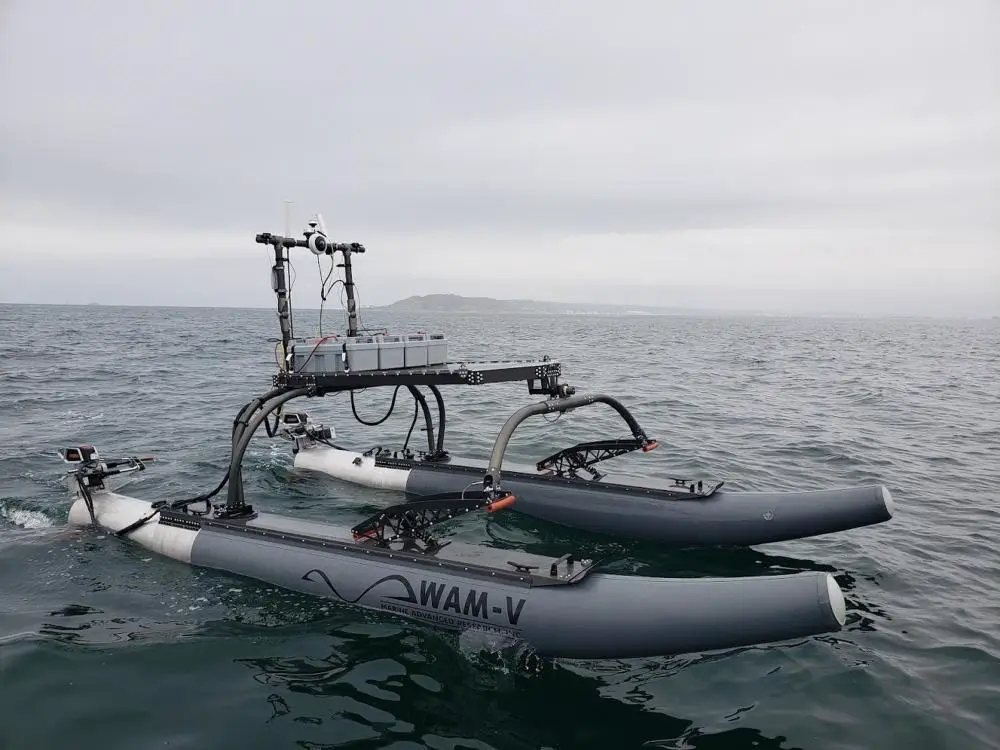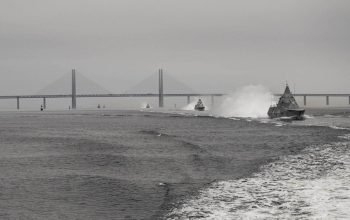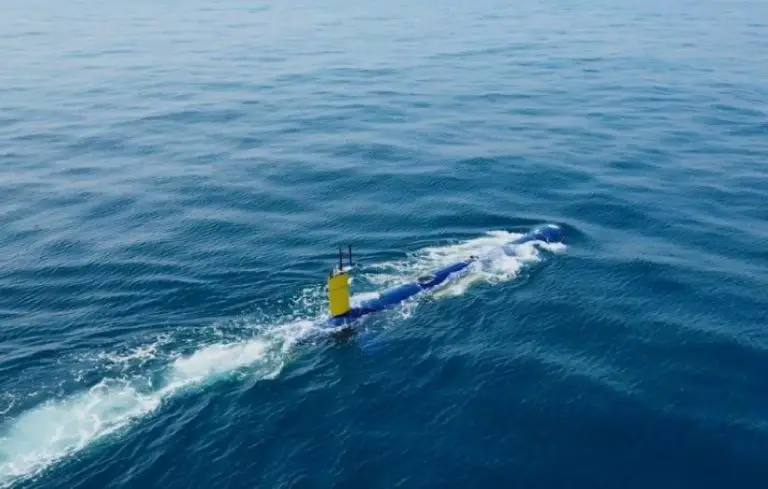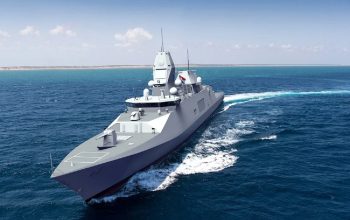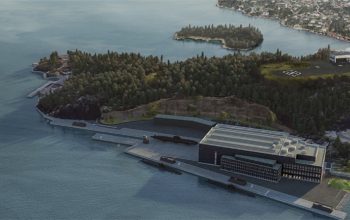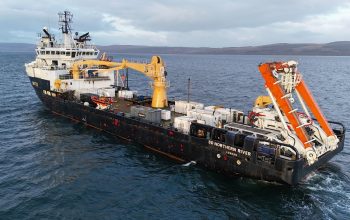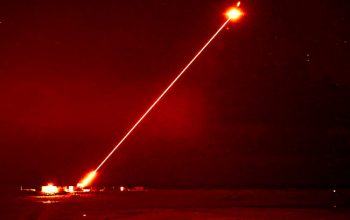The U.S. Naval Information Warfare Systems Command (NAVWAR) collaborated with joint, national, and coalition partners in the execution of 27 technology experiments during Trident Warrior 2021 (TW21), an annual, large-scale, at-sea experiment focused on information warfare initiatives. For the 19th year in a row, Trident Warrior put new and emerging technologies into the hands of the warfighter for evaluation in an operational environment over four months, allowing the Navy and its partners to gain valuable insights and incorporate real-world fleet feedback early in the research, development and acquisition process. Fleet experimentation initiatives were conducted aboard U.S. Navy ships and ashore facilities in the Southern California operating area.
During the experiment, NAVWAR’s Chief Engineer Rear Adm. Eric Ruttenberg, Assistant Chief Engineer Tim Gramp, and other engineering experts participated in an at-sea visit aboard USS Abraham Lincoln (CVN-72) to observe experiments first-hand and obtain direct feedback on NAVWAR tested initiatives. Co-sponsored by NAVWAR, Third Fleet, and the Navy Warfare Development Command, TW21 initiatives spanned the entire spectrum of warfare and included high priority focus areas including networks, information operations, artificial intelligence, machine learning, cybersecurity, and command, control, communications, computers, intelligence, surveillance and reconnaissance (C4ISR).
One of the technologies tested during the event was Naval Information Warfare Center (NIWC) Pacific’s Cooperative Autonomous Systems for Standoff Maritime Inspection and Response (CASSMIR). CASSMIR uses unmanned surface vehicles (USV) to autonomously support remotely operated vehicles (ROV) for in water reconnaissance, investigation, manipulation, recovery, or neutralization of submerged objects while keeping operators at a safe standoff distance and away from underwater threats. During TW21 NAVWAR tested a developmental USV and its tethered ROV at the Imperial Beach Mine Range, to find, investigate and simulate neutralization of mine-like objects on the seabed.
Also developed by NIWC Pacific, operators tested the wireless suite B remote connection technique (BeaRCaT) system in support of the United States Marine Corps. Currently, the Marine Corps networking on the move (NOTM) system is connected via Ethernet cables and requires bulky and heavy equipment for wireless operations. BeaRCaT uses software encryption to enable secure wired and wireless communications between the NOTM ground combat system and user devices. BeaRCaT would improve the ability of Marines to operate safely and securely in the tactical environment when away from their vehicles. During TW21, BeaRCaT demonstrated secure wired and wireless operations for Marine Corps units located at Camp Pendleton, at both the unclassified and classified levels.
Also in support of effective and secure wireless communication, NAVWAR engineering experts created a temporary Mobile User Objective System (MUOS) network on San Clemente Island, providing cell phone-like connectivity between ground units without the use of satellite communications. MUOS is a worldwide high-speed secured communications infrastructure that relies on satellite communications (SATCOM) availability. Deployable MUOS would allow the warfighter to replicate that functionality in a SATCOM denied environment. Additionally, NIWC Atlantic tested the Health Assessment Lite Operations (HALO) technology. HALO is a software application designed to allow medical providers to electronically document critical health information on injured or sick patients, even when connectivity is unavailable.
During TW21, medical personnel aboard USS Abraham Lincoln (CVN-72) and USS Spruance (DDG-111) evaluated HALO with simulated patients in multiple real-life training environments. Operators evaluated data capture, data transmission, quality of care, impact on care, and patient safety. Concluding the event, NAVWAR is incorporating analyses of each experimentation initiative into a final report to be released in early January 2022. Planning for Trident Warrior 2022 (TW22) is already well underway, with the NAVWAR team hosting the TW22 Mid Planning Conference from November 30 through December 6, 2021. TW22 is scheduled to take place in and between the Southern California and Hawaii operating areas during Rim of the Pacific (RIMPAC) 2022, the largest multinational maritime exercise in the world with more than 60 experimentation initiatives planned.
